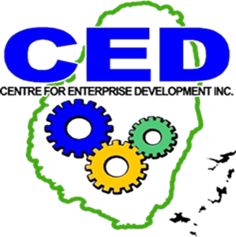What is a Label?
A label is a piece of paper, fabric, or plastic you attach to your product. It provides instructions about the product or is used to identify its contents.
Why is Labelling necessary?
- It conveys information about the nutritional content of foods.
- It encourages you, the manufacturer, to engage in sound practices that will not endanger the health of your customers.
- Consumers can use the label to help select healthier foods and plan nutritious meals for themselves and their families.
- The 'per 100g' information can be used to compare food products with each other.
- The 'per serve' information is useful in estimating how much of a nutrient one is eating.
- It assists in promoting the sale of your product.
Information to include on your Product Label
- Food items
- Name of the food.
- Place on the front panel or the main display panel.
- Print using a noticeable print type.
- Include the form of the food, e.g., whole, halves, salted, unsalted, etc.
- List of ingredients.
- Include each ingredient used in the product, starting with the ingredient that weighs the most.
- Net quantity of contents.
- How much of the product is in the containers.
- Give information in both metric (litre, grams, etc.) and imperial units (ozs, lbs, kilos, etc.).
- Appropriate durability indication.
- 'Use by' or 'best before'.
- Special storage instructions or conditions of use.
- Name and address of the manufacturer, packer, or seller.
- Place or country of origin of the food.
- Instructions for use where necessary.
- Nutrition information in the prescribed format where any claim about nutrition content has been made.
- Name of the food.
- Clothing or Garments
- Type of material the garment is made of.
- Fibre content, e.g., 100% cotton, etc. The fibre content that is highest in percentage is listed first.
- Care instructions (How to care for the item).
- Laundering information/instructions must be provided starting with washing, then bleaching, and finally drying and ironing.
- The country in which the garment was made or manufactured.
- Household & Garden items
- Composition or what it is made up of.
- Uses.
- Warnings.
- First aid instructions.
- Type of applicator to use.
- Warranty or guarantee.
- Cosmetics, Toiletries & Drugs
- List of ingredients in the product.
- Any precautions or safety measures for using the product.
